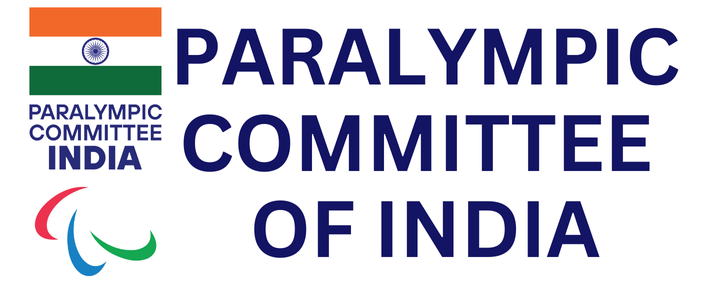Para triathlon is a multisport event that combines swimming, cycling, and running disciplines, adapted for athletes with physical impairments. It has gained popularity worldwide and became part of the Paralympic Games in 2016. The sport challenges athletes to showcase their strength, endurance, and versatility across multiple disciplines.
Paratriathlon events are for athletes with physical and visual impairments.
Sprint Distance Triathlon – 750m swim, 20km bike, 5km run.
Para triathlon competitions follow the rules set by the International Triathlon Union (ITU) with adaptations for para-athletes.
- Adaptive Equipment: Athletes may use adaptive equipment such as handcycles, racing wheelchairs, prosthetics, or other assistive devices based on their impairment type and classification.
- Transition Zones: Athletes transition between disciplines in designated zones, where they switch equipment and prepare for the next segment of the race.
- Course Accessibility: Courses are designed to accommodate athletes with impairments, with considerations for accessibility, safety, and fairness.
Para Triathlon embraces athletes with diverse impairments through a structured classification system, ensuring equitable competition across various categories:
• PTWC (Wheelchair Users): Tailored for athletes utilizing wheelchairs. Competitors employ a handcycle during the biking segment and a racing wheelchair for the running portion of the race.
• PTS2: Designed for individuals with severe physical impairments, but who possess the ability to run. (For Tokyo Paralympics, this category is exclusively for women.)
• PTS4: Geared towards participants with moderate physical impairments, yet capable of running. (For Tokyo Paralympics, exclusively for men.)
• PTS5: Catering to athletes with mild physical impairments, while still able to engage in running activities.
• PTVI (Vision Impairment): Reserved for individuals with visual impairments. Competitors are accompanied by a sighted guide of the same nationality and gender throughout the race, including tandem cycling during the bike segment.
This classification framework ensures that Para Triathlon accommodates a wide spectrum of impairments, fostering an inclusive environment where athletes of all abilities can showcase their talents.




No Comments
Sorry, the comment form is closed at this time.